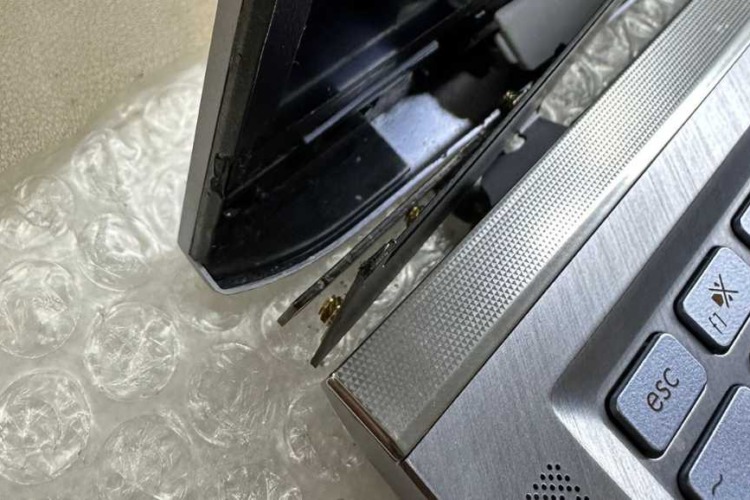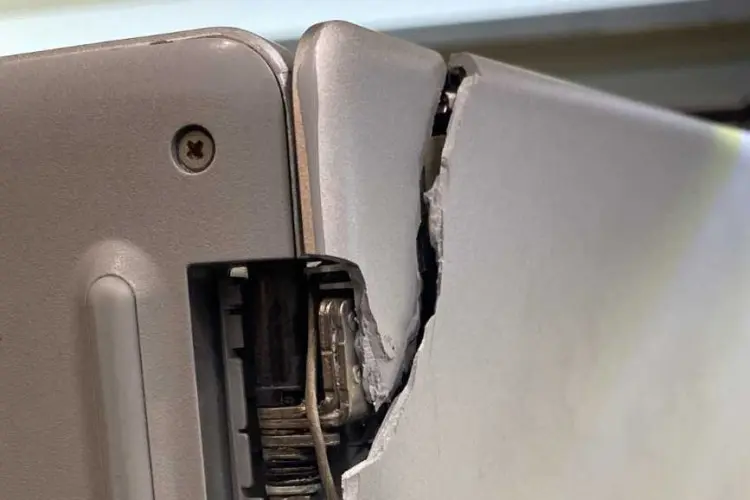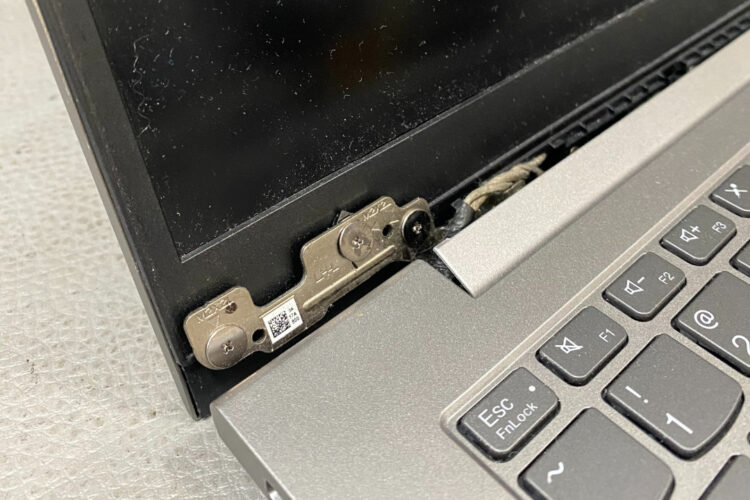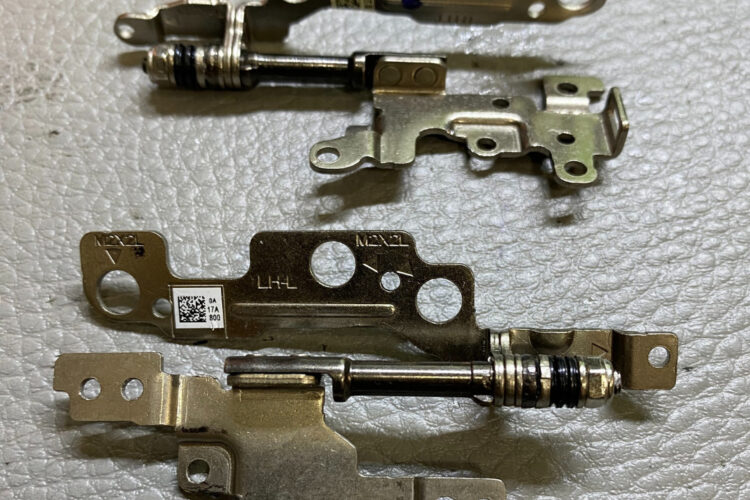
Can Super Glue Really Save Your Laptop Hinge
Welcome to the dynamic world of laptop maintenance, specifically focusing on the critical aspect of laptop hinge repair. The hinge, a seemingly small component, plays


The photo shows a laptop hinge that has suffered severe damage: the plastic housing around the hinge is visibly cracked and parts of the internal mechanism are exposed. Such extensive damage goes beyond what could be remedied with a simple application of super glue.

The image presented appears to showcase a laptop’s metal hinge, which is partially exposed next to the keyboard area. The visible hinge suggests it has experienced some degree of wear or damage, typically indicated by its exposure and potential misalignment.


Welcome to the dynamic world of laptop maintenance, specifically focusing on the critical aspect of laptop hinge repair. The hinge, a seemingly small component, plays

Welcome to our comprehensive guide on a common yet frustrating issue many laptop users face: broken laptop hinge. It’s a problem that can sneak up

Laptop hinges are vital to our computing experience, allowing us to open and close our devices with ease. But what happens when they break or
|
*CLOSED ON 28-30 JAN 2025 (CHINESE NEW YEAR) |